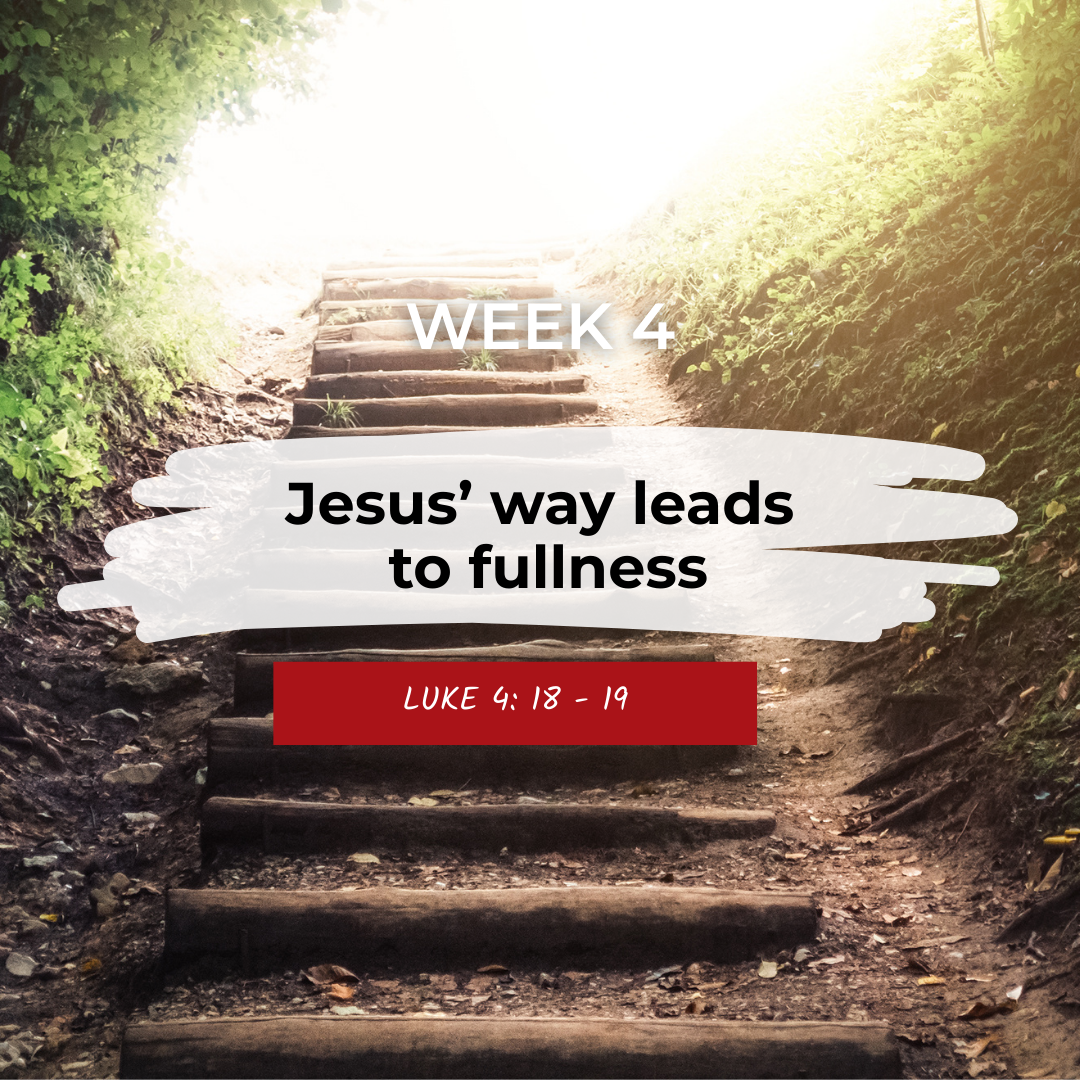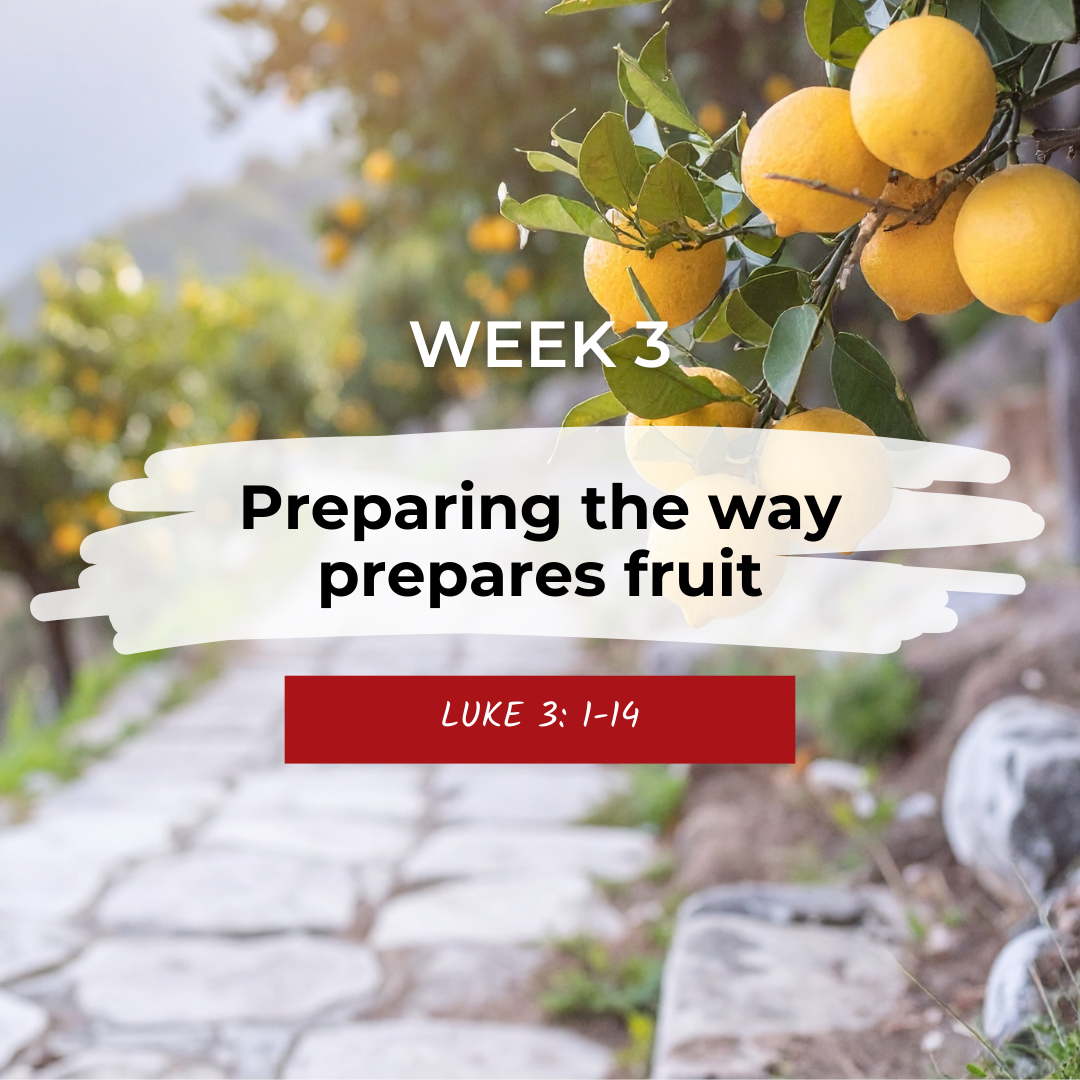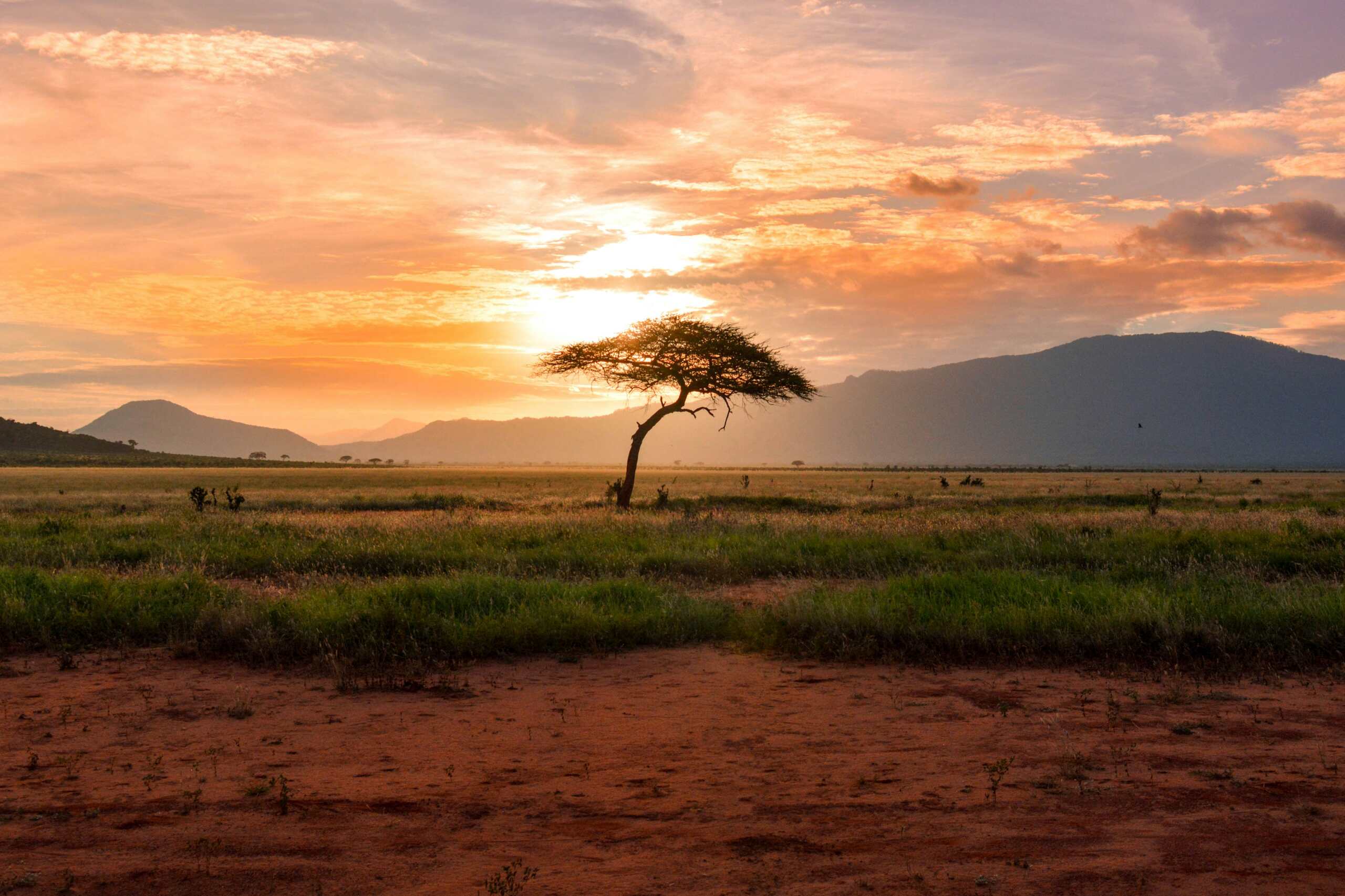How people with disabilities can work in a challenging environment
Stories | February 6, 2020
Sabene Gomes, a CBM Program Coordinator, invites her readers into her discoveries from a recent trip to North-East India where she spent time understanding how people with disabilities can work in a challenging environment and be empowered to live to their fullest potential.
It was my first visit to Bihar.
The state in the past has been infamous for slow rates of progress out of poverty. It unfortunately lags behind the rest of India when it comes to economic development, health and educational outcomes.
The environment; identifying the challenges
80% of the state’s workforce are engaged with agriculture however the majority of these are landless farmers. I was keen to understand how this dynamic worked and interested to find out how people with disabilities fitted into this already complex equation.
As our vehicle wound through the streets it eventually came to a stop at the front of community centre.
Looking up, my vision line was engulfed with a sea of orange as the community members waited to greet me with beautiful garlands of marigold. This was their traditional welcome to guests visiting their village.
The environment; identifying the strengths

As we sat down for a discussion with the community members, I was immediately aware that it was the women who sat in the front and spoke most confidently.
They told stories of how the local Partner in the area had gone on a journey with them to facilitate a better understanding about their own rights.
They spoke of how they had been assisted to mobilise and organise themselves in groups in order to lobby for change and demand their rights as equal citizens.
How CBM supports people with disabilities
CBM’s approach in communities is to assist with the formation of local community groups such as Self Help Groups (SHGs) and Disabled Peoples Organisations (DPOs). Members of these groups work together to address their needs and promote change through collective action.
For the people of this village that then meant as a group they were able to go directly to their local government officials and ensure that all people with disabilities in their communities were provided with a disability certificate.
This certification means they can access pensions and schemes to assist with meeting their health and rehabilitation needs.
A leader of the local DPO was present during one of the community meetings which I attended.
He spoke openly and with confidence of how the project had worked to empower him and other on many different levels. These were the areas of the project he found most impacting and helpful:
- First having his and his community’s awareness raised on the rights they possess as equal citizens.
- The facilitation of linkages towards vocational training and opportunities for income generation that enable people with disabilities towards economic empowerment.
- The Partner’s work to form strong, inclusive collective groups in order to hold duty bearers, such as local government accountable for ensuring equality and development for all.
When I asked why it was important to form and build the capacity of such groups he answered with clarity by stating “so that we can access opportunities which are linked with our human rights and try to raise ourselves out of poverty just like everyone else”.
This project is supported by the Australian Government through the Australian NGO Cooperation Program (ANCP) and loyal CBM Australia supporters.
https://www.cbm.org.au/stories/people-with-disabilities-can-work
Related Stories

Advent 2025: Jesus’ way leads to fullness
The way of Jesus gives people freedom and empowers them to live out their God-given purpose. The last few weeks...

Advent 2025: Preparing the way produces fruit
John the Baptist called people to prepare for God’s presence through repentance and by producing fruit (acts of justice,...

From sports to advocacy – the journey of the Isiolo Umbrella Disability Group
The Promoting Inclusive Delivery of Eye Care (PRIDE) Project is a...
